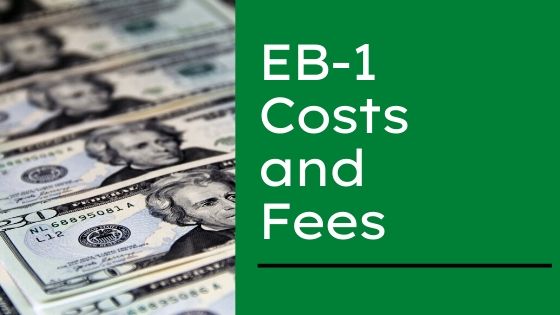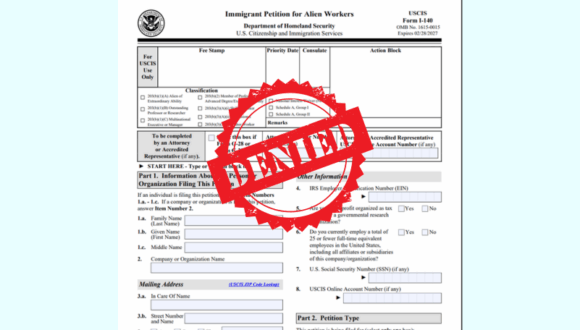Employment Based Immigration Articles
-
O-1 Visa Spouse: A Complete Guide
Published on October 17, 2025The O-3 visa, often called the "O-1 Spouse Visa," allows spouses and dependents of O-1 and O-2 visa holders to file for the O-3 visa…
-
EB-1 Visa Cost Breakdown | Green Card Filing Fees & Premium Processing
Published on October 14, 2025There are few immigration statuses more coveted than the EB-1 green card and few that are more difficult to obtain. Reserved for the most extraordinary…
-
EB-1A Denial: Top 4 Reasons for Rejection
Published on October 13, 2025Immigration law is rarely an easy road to navigate. Without help, the complicated processes and documents can be overwhelming, especially with an EB-1 green card.…
-
EB2 NIW: Most Frequently Asked Questions
Published on October 10, 2025A National Interest Waiver or NIW petition permits a foreign national to self-petition and bypass the customary route, which includes getting a permanent job offer…
-
EB2 vs EB3 | Requirements, Processing Time and Priority Dates
Published on October 09, 2025The EB-2 and EB-3 are two types of Employment-Based green card categories. The United States Citizenship and Immigration Services (USCIS) grants these visas to foreign…
-
EB-3 Interview: a Complete Guide for Immigrants
Published on October 09, 2025The EB-3 green card is an employment-based immigrant visa category for foreign nationals seeking both employment opportunities and permanent resident status in the U.S. One…










